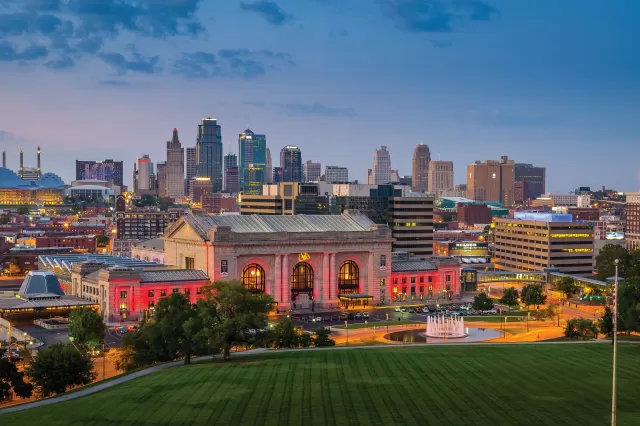2:50 PM
The relationship between stained glass and architecture has changed over the course of its almost 1,500 year relationship. The pinnacle of this relationship was during the Gothic period of architecture because the primary objectives of Gothic ecclesiastical architecture was to create the ‘glories of heaven on earth’ as expressed by the founder of Gothic architecture, About Suger. Stained glass was the vehicle by which to achieve this objective, though to do so a new style of architecture was developed from new engineering and construction principles and methods, such as flying buttresses and gothic arches. It can be argued that this was the first and only time in the history of architecture that a new architectural style was developed so that more of an art form could be added.
As the objectives of architecture changed in succeeding periods, so too did the relationship between architecture and glass which never again reached the heights of the Gothic period. Architecture has gone through momentous changes over the past two centuries, which has led architects to once again draw upon the expressive characteristics of artistic glass to contribute in the achievement of their objective, which is of a more visually dynamic and expressive architecture.
With these new opportunities come new challenges.
If you want to dance.
The lecture will consist of slides of historical glass and architecture as well as a brief historical survey of architecture in the 19th-21st centuries. There will be a focus on contemporary examples of the architectural application of expressive glass and an introduction of what is on the horizon.





